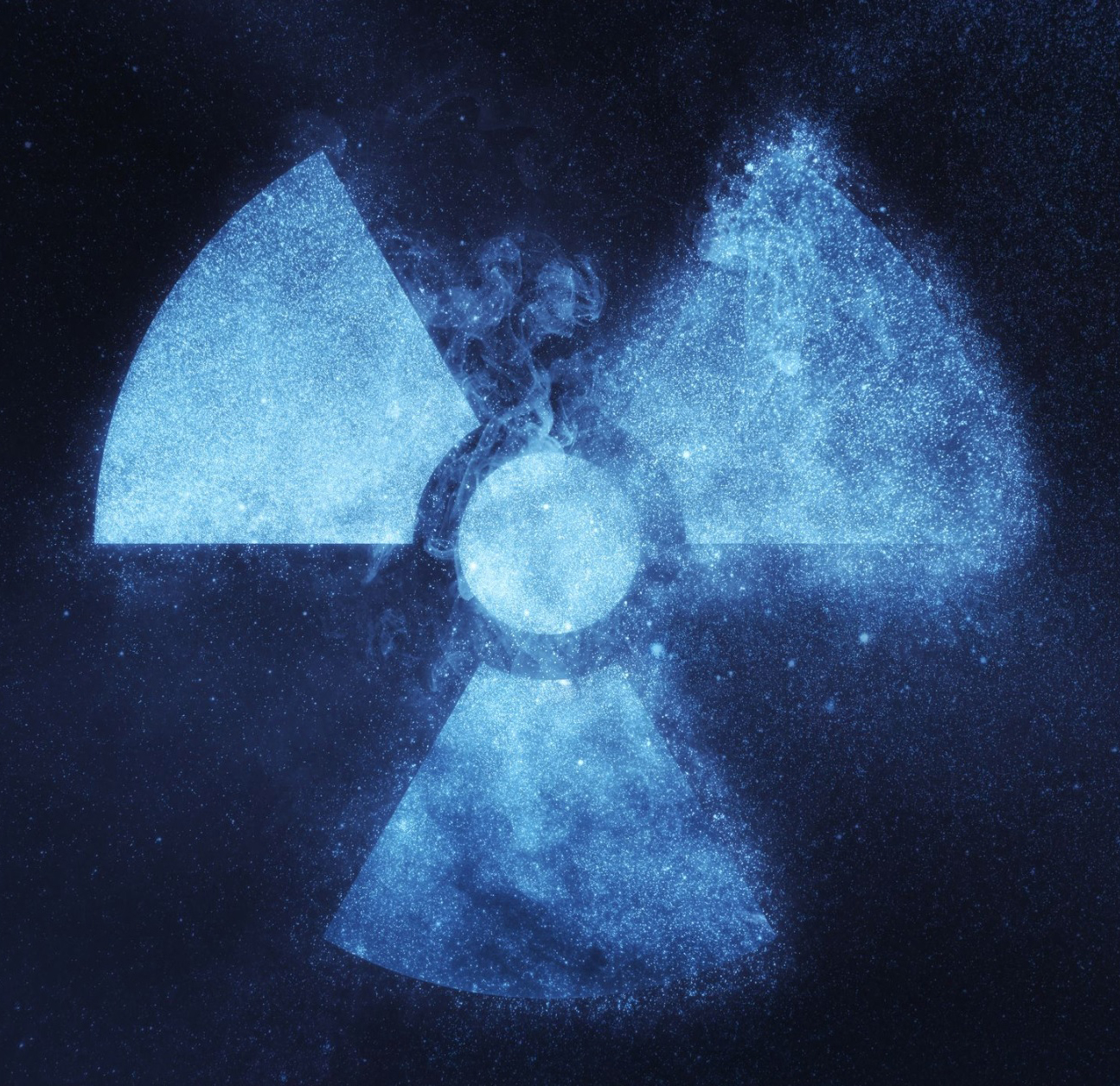
American scientists have announced what they have called a major breakthrough in a long-elusive goal of creating energy from nuclear fusion.
Just how significant is the development? And how far off is the long-sought dream of fusion providing abundant, clean energy? Carolyn Kuranz, an associate professor of nuclear engineering at the University of Michigan who has worked at the facility that just broke the fusion record, helps explain this new result.
Fusion is a nuclear reaction that combines two atoms to create one or more new atoms with slightly less total mass.
Researchers at the US government’s National Ignition Facility in California have demonstrated, for the first time, what is known as “Fusion ignition.” Ignition is when a fusion reaction produces more energy than is being put into the reaction from an outside source and becomes self-sustaining.
Researchers then hope their equipment survived the heat and accurately measured the energy released by the fusion reaction.
To assess the success of a fusion experiment, physicists look at the ratio between the energy released from the process of fusion and the amount of energy within the lasers. Anything above a gain of one means that the fusion process released more energy than the lasers delivered.
Fusion energy has been the “Holy grail” of energy production for nearly half a century.
While a gain of 1.5 is, I believe, a truly historic scientific breakthrough, there is still a long way to go before fusion is a viable energy source.
While the laser energy of 2 million joules was less than the fusion yield of 3 million joules, it took the facility nearly 300 million joules to produce the lasers used in this experiment.
This result has shown that fusion ignition is possible, but it will take a lot of work to improve the efficiency to the point where fusion can provide a net positive energy return when taking into consideration the entire end-to-end system, not just a single interaction between the lasers and the fuel.
Fusion conditions are very challenging to sustain, and any small imperfection in the capsule or fuel can increase the energy requirement and decrease efficiency.
Work will also need to be done to bring the cost of a fusion power plant well down from the $3.5 billion of the National Ignition Facility.
With the new result from the National Ignition Facility, the world has, for the first time, seen evidence that the dream of fusion is achievable.
